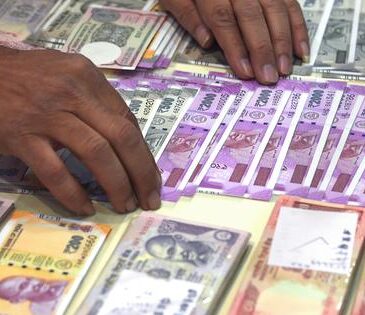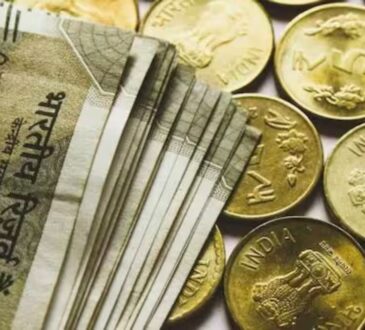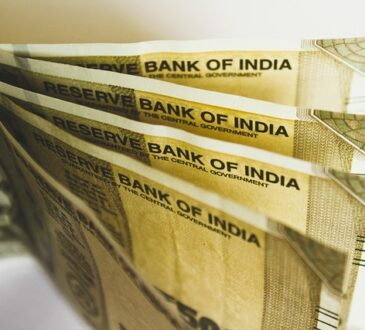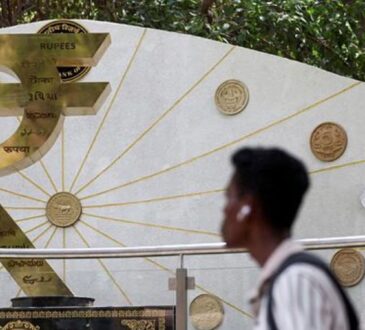(Bloomberg) — As US stock prices tumbled this month, John Sidawi, a fund manager at Federated Hermes, noticed something strange.
Most Read from Bloomberg
The dollar, long a go-to hiding place during market selloffs, wasn’t rallying this time as investors rushed for safety. It was sinking, too, and fast as hot money poured into gold, the yen, European stocks — almost anywhere but the US.
“It’s unusual and very telling,” said Sidawi, who helps oversee bond investments at the firm. “The dollar, in an environment where it should be acting like a safe haven, is not.”
That, as with so much of the volatility that has whipsawed global markets recently, has a singular explanation: President Donald Trump.
Just two months into his second term, his escalating fusillade of tariffs and bid to roll back decades of globalization is shaking confidence in the US currency — which has had a privileged place at the heart of the world financial system for eight decades.
The dollar has dropped against all but a handful of the 31 major currencies over the last three months, sending Bloomberg’s dollar index down nearly 3%, its worst start to a year since 2017. The price of gold — a rival haven — has surged to a record high of over $3,000 an ounce. By mid-March, speculative traders started betting against the dollar for the first time since Trump’s election amid fear his policy shifts could drive the world’s largest economy into a recession.
“As opposed to being the usual bastion of stability and first choice haven for foreign-exchange market operators, the greenback instead now stands as quite the opposite,” said Michael Brown, a senior research strategist in London for Pepperstone Ltd., one of the largest currency brokerages. He said an increasing number of clients are asking “where should I be looking at as opposed to just switching on the autopilot and hiding in the dollar?”
The recent drop hasn’t significantly eroded the strength of the dollar, given how much it had previously risen on the back of the nation’s strong economy and elevated interest rates, and it could bounce back if worries about a global slowdown cause overseas investors to pile into US Treasuries. It also remains solidly entrenched as the world’s key currency, used for the majority of central bank reserves and for the purchase of commodities like oil, in large part because no significant alternative has emerged.




